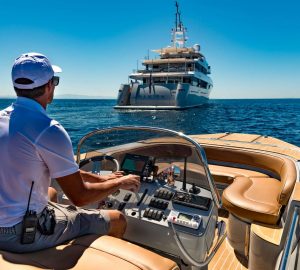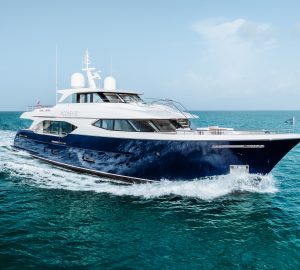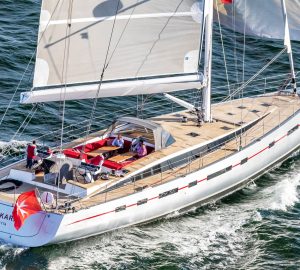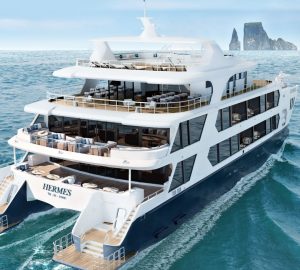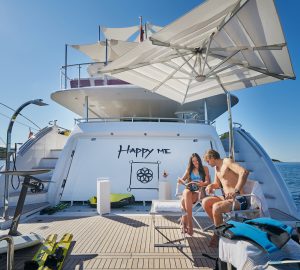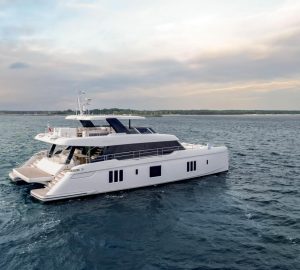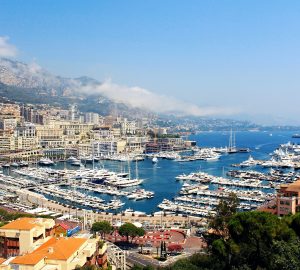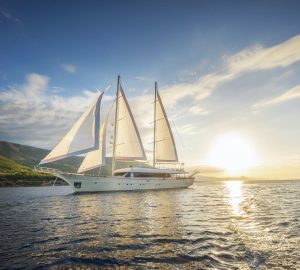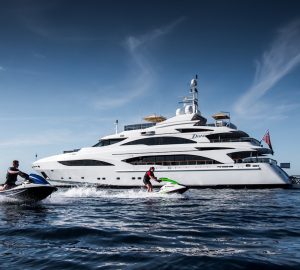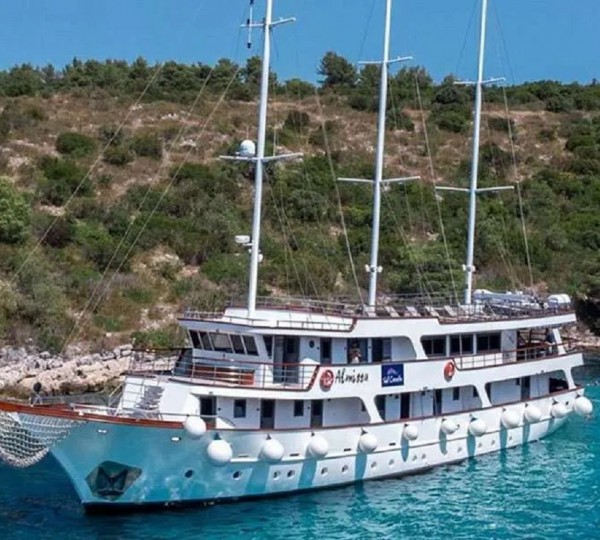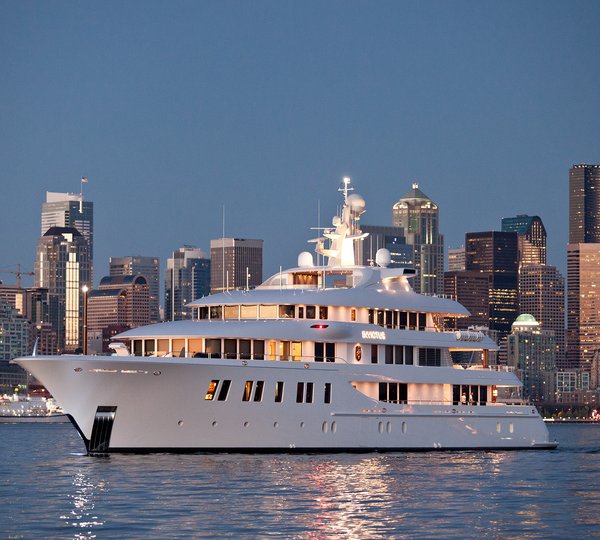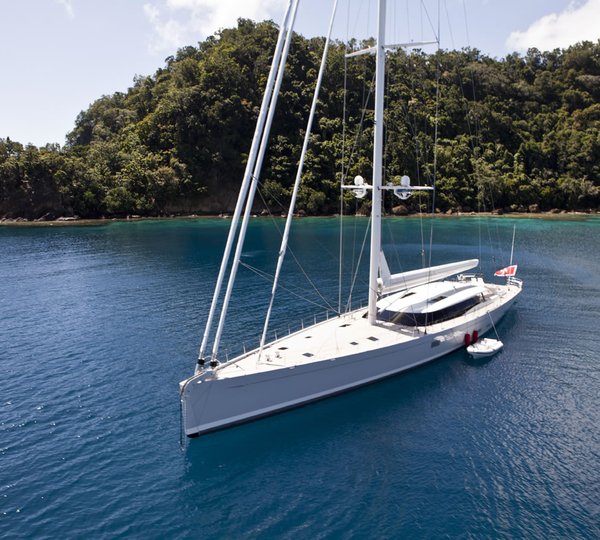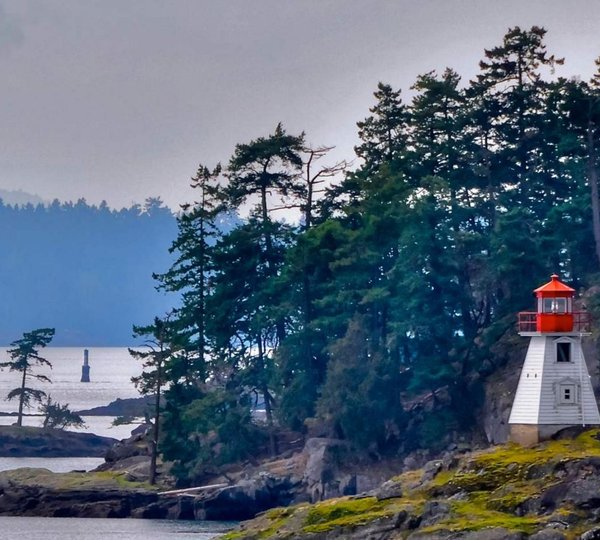The International America’s Cup Class passed a 15-year golden age of full-scale as well as experimental testing, but much of the results stay locked up in secrecy despite the fact the class is now obsolete.
Ian Campbell, Emeritus Fellow from the Wolfson Unit at the Southampton University lamented the fact that so much valuable information remained unavailable to the wider design and engineering community.
Delivering a keynote address at the Fourth High Performance Yacht Design Conference in Auckland, Campbell said the international gathering of designers, scientists and engineers formed part of a series of important yachting technology meetings at venues around the world.
The knowledge shared in the presentations and papers from these conferences were generally more valuable to designers than published articles in academic journals, he said.
“But,” he added, “we should not believe that everything we see presented is state of the art. There is a huge amount of knowledge that is not talked about. We are in a competitive industry where we do not want to give away all our secrets.”
As an example, he referred to a presentation by members of the Emirates Team New Zealand sail design team, where they described the process of their development programme for the Volvo Ocean Race, but were unable to disclose the results.
Referring to America’s Cup research, Campbell said the development for the IACC was unrivalled in all aspects of research and development.
“Experiments conducted in a controlled environment (for example wind tunnels and towing tanks) give you very consistent results.”
The Italian Luna Rossa syndicate alone built and tested about 50 scale models during its Cup campaigns. For the 100 IACC yachts built, probably more than 300 scale models were investigated and tested in tanks, generating a wealth of valuable data.
“But that is not the whole story,” he said. “You must go to sea to test it.
“The America’s Cup produced two-boat testing on an unrivalled scale, probably never to be seen again. I would like to see some of this data released to the scientific community.”
Conference chairman David Le Pelley has been involved in the aerodynamic aspects of America’s Cup and other grand prix sail programmes. He recounted working for different teams in different cycles of the America’s Cup and being commissioned to do studies he had already done before. Because confidentiality meant he could not disclose anything from the previous work, it was all done again.
“There is a huge duplication of work at very high expense and the results are all similar,” he said. “It is a shame some of this knowledge cannot be released.”
Campbell said that when all the design and development work had been done, sailors had only one question: “Is it fast?”
The answer, he said, is not always easy. “There is a lot to be learned before we can answer the sailors’ question.”
The designers’ question, he proposed, should be: “Why is it fast?”
That was the point of testing and research. “If you know why it is fast, you have the potential to make it even faster.”
In pursuit of that knowledge, the design community needed to constantly improve its design tools, whether experimental or computational.
Aside from confidentiality issues, other obstacles facing the yacht design community include the closure of several tank testing and other experimental facilities. But, Campbell welcomed the fact that the University of Auckland had announced an ambition to open a tank testing facility in New Zealand.
This was revealed by Professor Michael Davies during the conference, when he formally launched a new Masters degree in Yacht Engineering at the University of Auckland. The new degree commenced at the beginning of the 2012 academic year and attracted four students in the first semester.
He said the Yacht Research Unit, founded in 1987 at the time New Zealand first entered the America’s Cup arena, had developed an international reputation.
“We are now looking to raise funds for a new yacht research centre, so we have a facility commensurate with the standing of the work being done,” he announced.
Plans for the unit included a towing tank, wind tunnel and CFD facilities. “It will be an exciting centre for yacht research,” said Prof. Davies.


